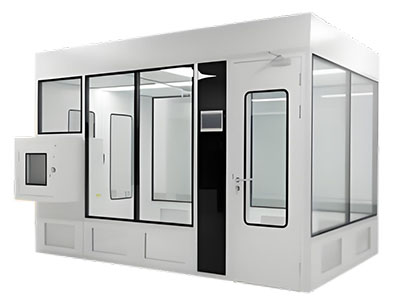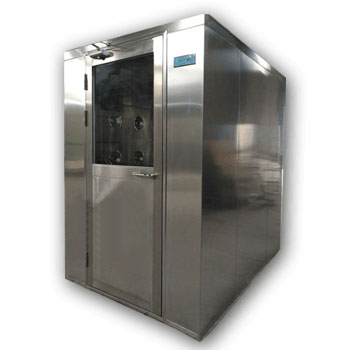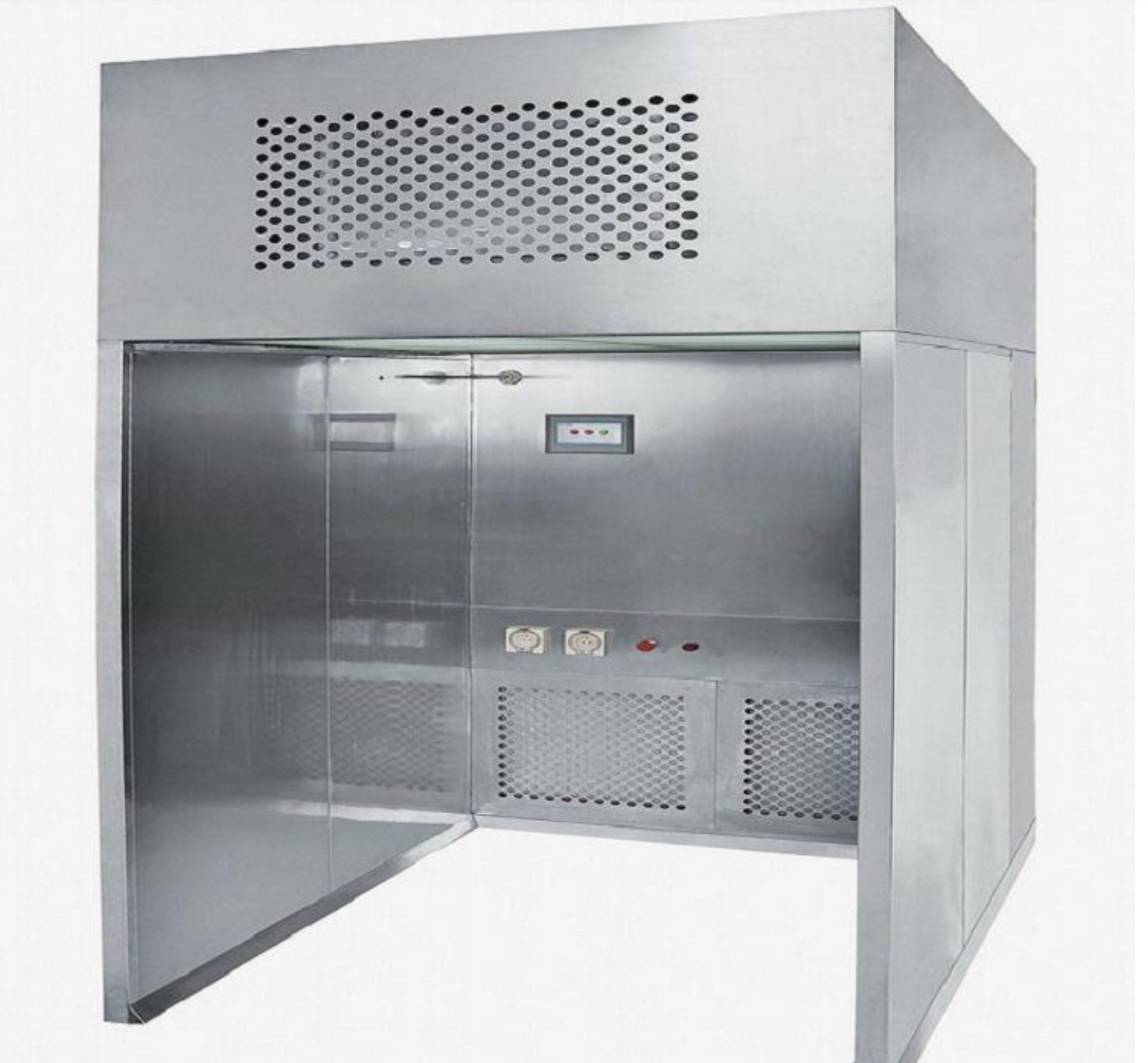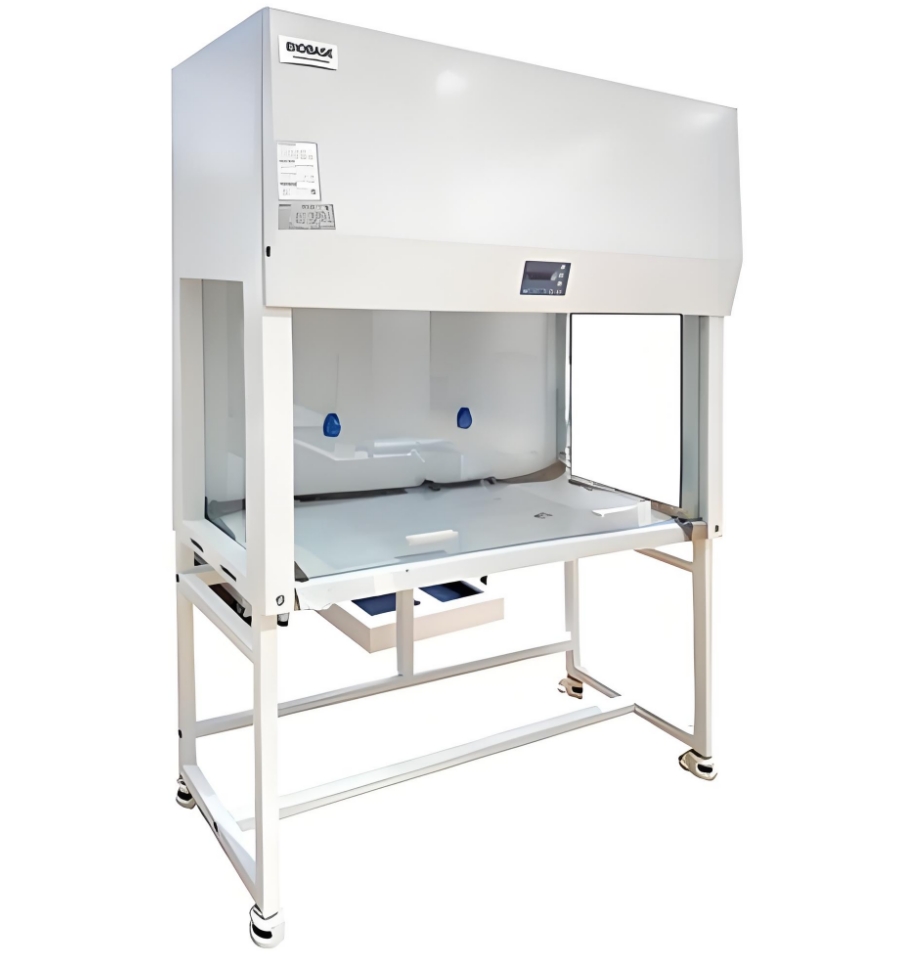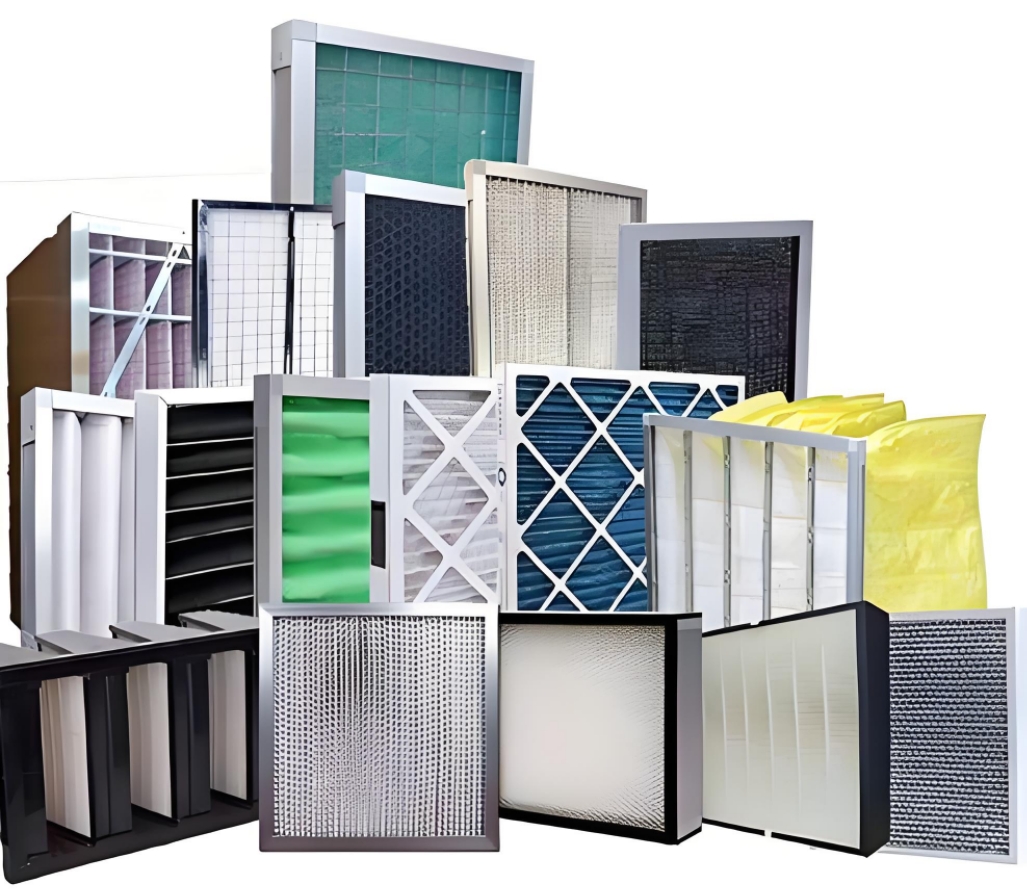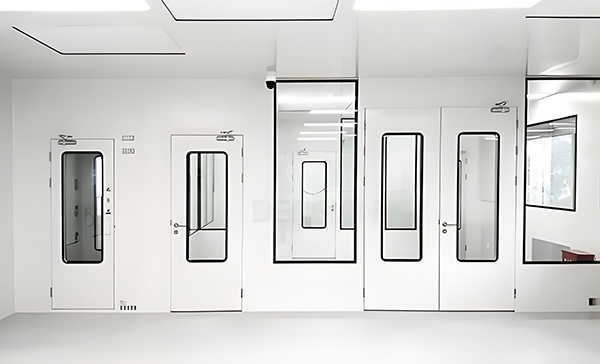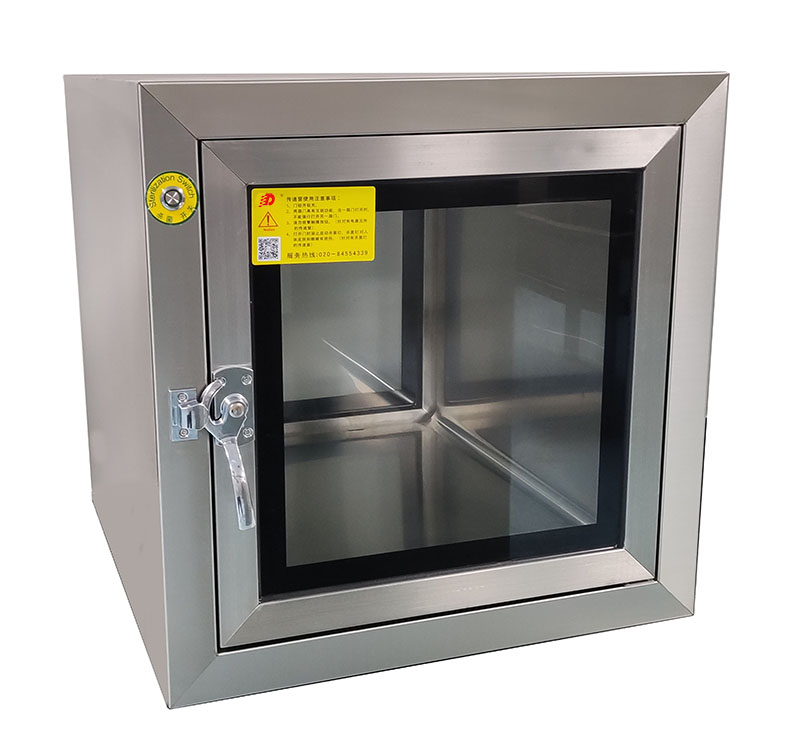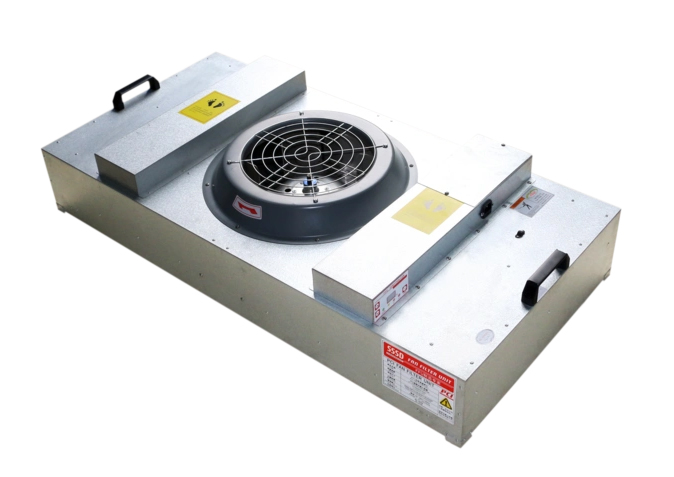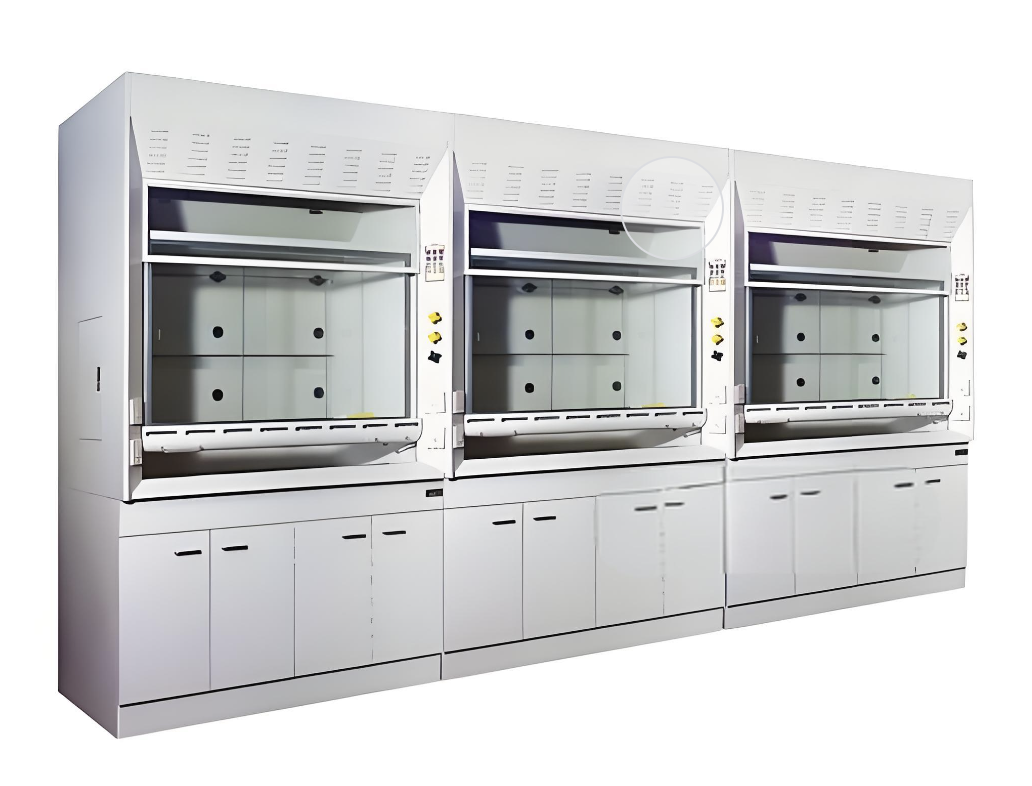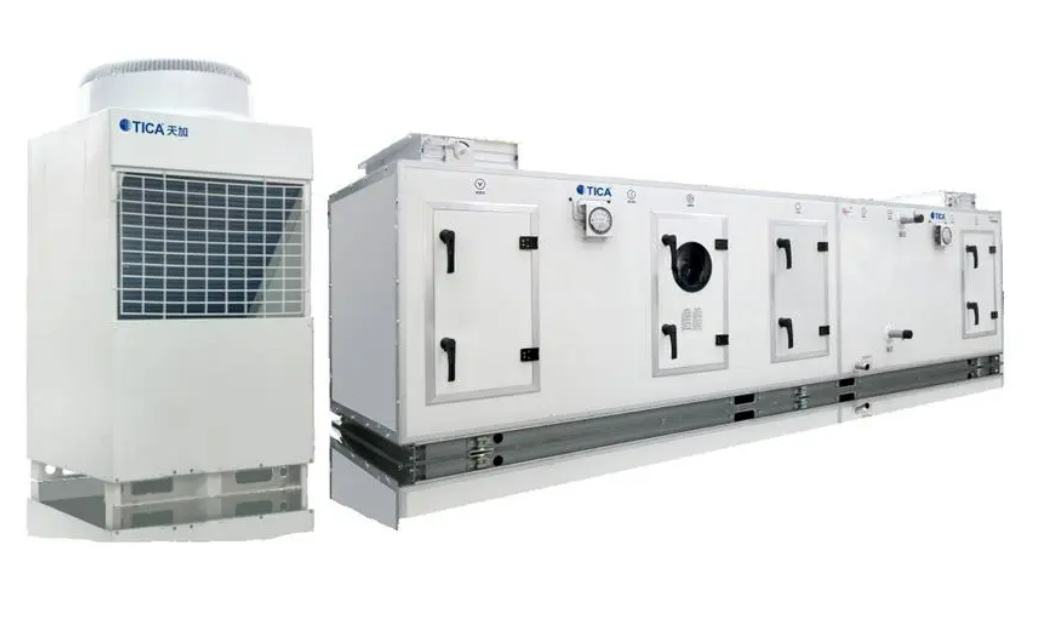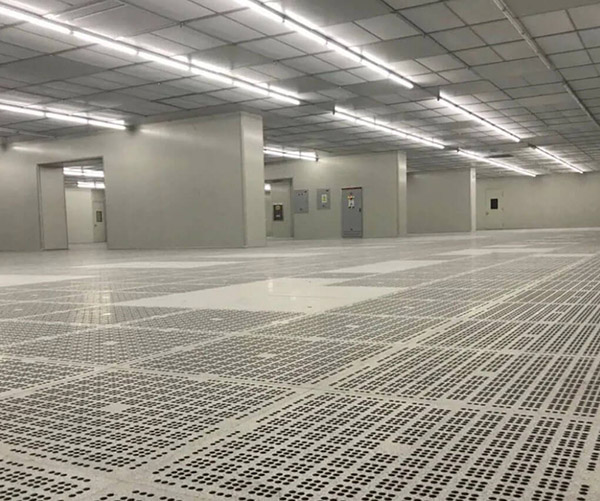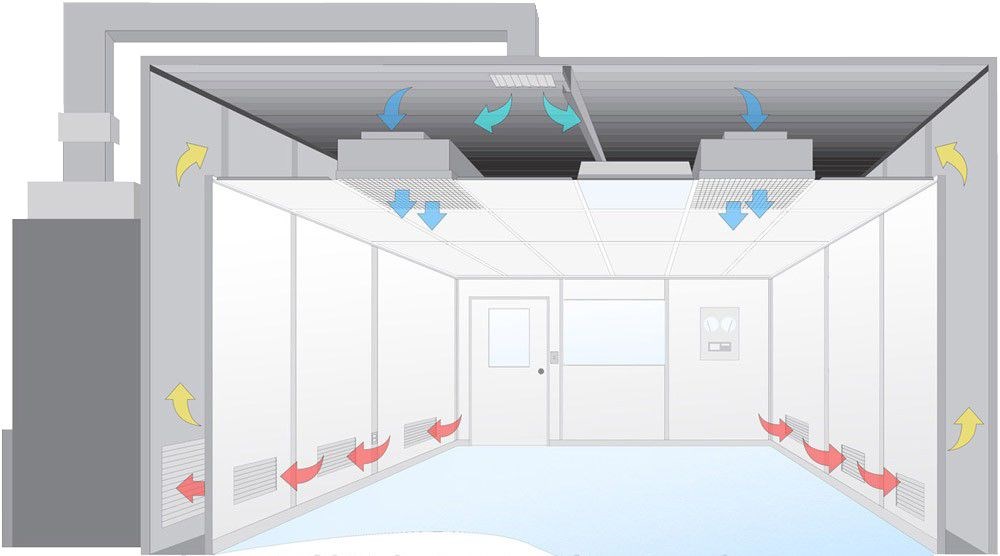Understanding CleanRoom Classifications is essential for industries that require controlled environments, such as pharmaceuticals, electronics, and biotechnology. The US Federal Standard 209E provides a framework for cleanroom classification, categorizing them based on particle count per cubic foot of air. Let’s explore these classifications and their applications in depth.
US Federal Standard 209E Overview
This standard categorizes cleanrooms into different classes based on the number of allowable particles. Each class has specific criteria that must be met to ensure environmental conditions are suitable for sensitive operations. Although the Federal Standard 209E has been officially replaced by the ISO 14644-1 standard internationally, many industries still refer to these class numbers for historical context.

10 Cleanroom
- Particle Count: No more than 10 particles of size 0.5 microns or larger per cubic foot of air.
- ISO Equivalent: Aligns with ISO Class 4.
- Applications: Semiconductor manufacturing.
- Filtration: Advanced HEPA or ULPA filters.
- Air Changes: 500-600 times per hour.

100 Cleanroom
- Particle Count: Up to 100 particles of size 0.5 microns or larger per cubic foot.
- ISO Equivalent: Corresponding to ISO Class 5.
- Applications: Pharmaceutical production and biotechnology research.
- Filtration: High-grade filtration systems.
- Air Changes: 400-500 times per hour.
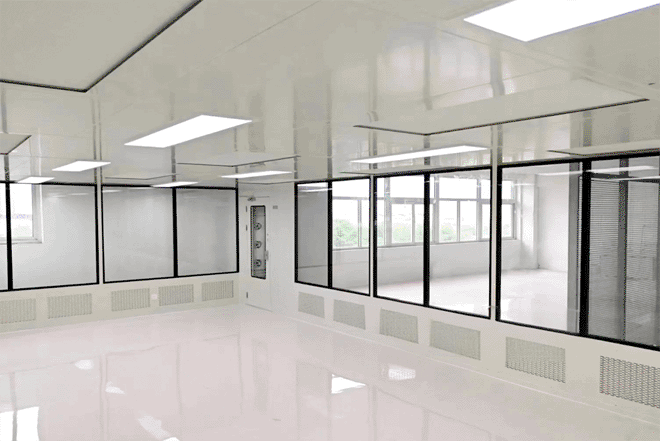
1000 Cleanroom
- Particle Count: Up to 1,000 particles per cubic foot (0.5-micron size or larger).
- ISO Equivalent: Aligns with ISO Class 6.
- Applications: Manufacture of sensitive optical components and some laboratories.
- Filtration: HEPA filters.
- Air Changes: 150-250 times per hour.
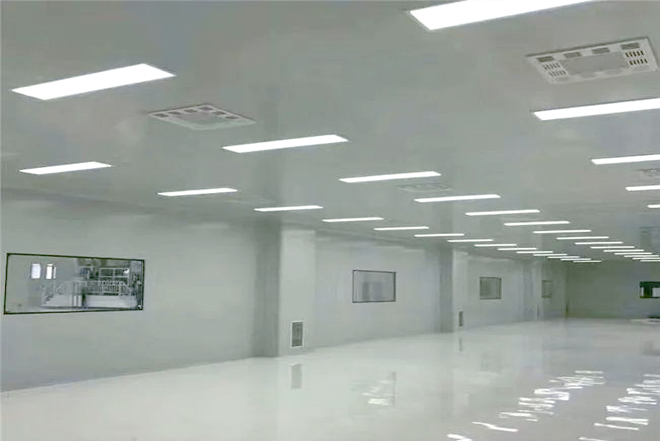
10000 Cleanroom
- Particle Count: 10,000 particles of 0.5 microns or larger per cubic foot.
- ISO Equivalent: Similar to ISO Class 7.
- Applications: Electronics assembly and biomedical tasks.
- Filtration: High-efficiency filters.
- Air Changes: 60-90 times per hour.
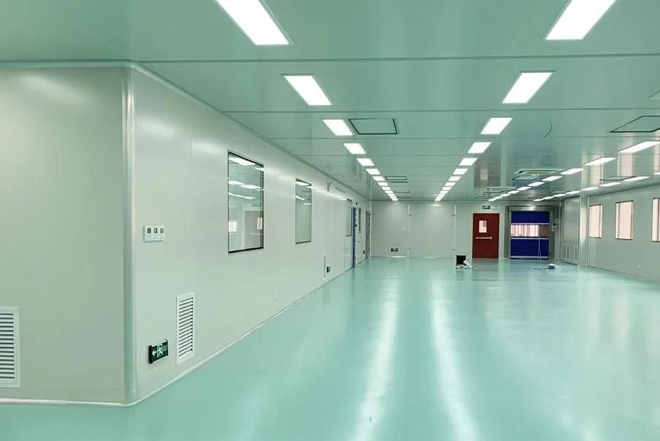
100000 Cleanroom
- Particle Count: 100,000 particles per cubic foot.
- ISO Equivalent: Equivalent to ISO Class 8.
- Applications: Apparel manufacturing and non-critical processes.
- Filtration: Quality filtration systems.
- Air Changes: 20-30 times per hour.
Cleanroom Classifications Comparison
| Class | Particle Count (0.5μm+ per ft³) | ISO Equivalent | Key Applications | Air Changes per Hour |
|---|---|---|---|---|
| 10 | ≤10 | ISO Class 4 | Semiconductor manufacturing | 500-600 |
| 100 | ≤100 | ISO Class 5 | Pharmaceuticals, biotech research | 400-500 |
| 1000 | ≤1,000 | ISO Class 6 | Optical components, labs | 150-250 |
| 10,000 | ≤10,000 | ISO Class 7 | Electronics assembly, biomedical | 60-90 |
| 100,000 | ≤100,000 | ISO Class 8 | Apparel manufacturing, non-critical tasks | 20-30 |
Conclusion
Understanding the distinctions among cleanroom classifications is pivotal in selecting the appropriate environment for specific industrial applications. From the extremely rigorous requirements of Class 10 to the more general needs of Class 100,000, these classifications guide industries in creating spaces that meet cleanliness requirements essential for product quality and safety.
Deiiang™, led by product designer Deiiang Jason.peng, continues to innovate in cleanroom design, ensuring that facilities meet both vintage standards like US Federal Standard 209E and contemporary ISO norms.
 +86 18186671616
+86 18186671616 Jason@cleanroomequips.com
Jason@cleanroomequips.com
 MENU
MENU

